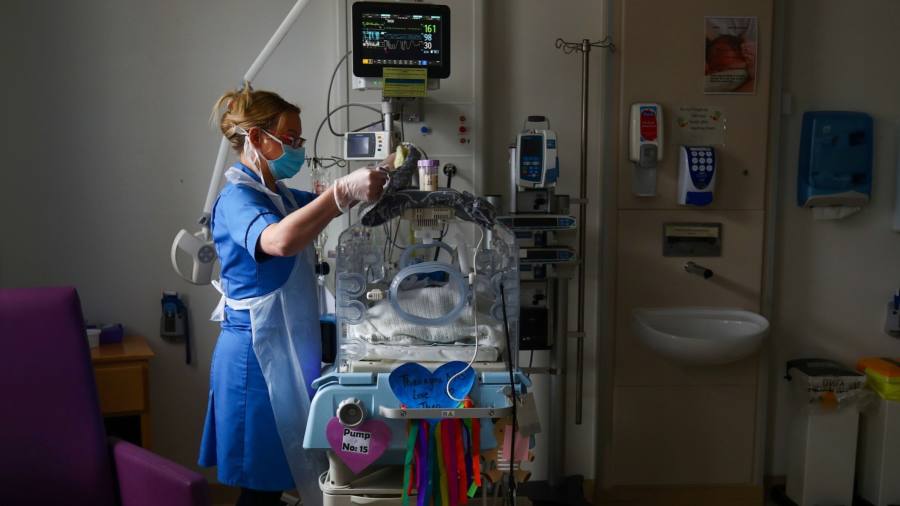
Receive free National Health Service updates
We’ll send you a myFT Daily Digest email rounding up the latest National Health Service news every morning.
Britain is hanging out the bunting for Wednesday’s 75th birthday of its cherished National Health Service. But like many of its patients of that age, the NHS finds itself weakened and suffering from multiple ailments. A service created when men on average died at 66 and women at 71 is buckling under the demands imposed by a much older populace — and the new and expensive treatments made possible by science — within its taxpayer-funded, free-to-use model. The government last week announced plans to expand training and staff, but nursing the service back to full health will require long and costly treatment. A national debate is now needed on what the public expects from it, and how it should be paid for.
Britons are showing signs of losing faith in the service to deliver for them. An annual attitudes survey last autumn — even before a crippling winter crisis — found satisfaction with the NHS had slumped from a record 70 per cent in 2010 to 29 per cent; dissatisfaction was at 51 per cent. Little wonder: the aftermath of the pandemic pushed the waiting list for elective treatment in England to 7.4mn in April (the four UK nations each run their own NHS). But the UK has long been in the bottom half of OECD countries on numbers of doctors, nurses, or scanners by population, though it is in the top half on spending. Five-year survival rates for common cancers are among the worst in wealthy countries.
The government’s workforce plan seeks to reduce NHS vacancies running at 8 per cent in England, and its reliance on overseas recruitment, by doubling training places for doctors and nearly doubling them for nurses by the decade’s end. Extra spending of £2.4bn over five years is promised. The NHS could then have 60,000 more doctors and 170,000 more nurses by 2036-37. Yet filling vacancies and retaining people will also require progressively reversing the past decade’s erosion in real pay and working conditions. Today’s NHS operates in a far more global market than in 1948. And though hiring more managers is less popular with voters, the NHS also has too few for a staff of 1.4m.
Relieving pressure on the NHS needs action in two key areas beyond the service itself. One is a push to improve public health and illness prevention, to reduce numbers needing treatment. Public health is the responsibility of local authorities in England, but — while the NHS itself was partially shielded — their funding plunged in the “austerity” years of the past decade.
The other is large-scale reform of social care funding and organisation, to fill vacancies and expand provision. Too many hospital beds are “blocked” by patients who do not clinically need to be there but cannot be accommodated in community or social care.
The NHS has been debilitated by a squeeze on spending growth for much of the 2010s, compounded by post-Covid burnout. But capital spending on its fabric has been inadequate for much longer. Sustained investment is now needed in people, buildings and technology, when Britain’s tax burden is already approaching a postwar high. All political parties need to be honest with voters about the trade-offs.
The Financial Times has advocated a no-taboos review, on a cross-party basis, to examine how the UK health system is organised and funded, and what it might learn from overseas models. This should be tightly time-limited, and clearly focused on patient outcomes and how the system should be structured to meet them. The Pensions Commission set up by the Labour government in 2002, which took the political heat out of raising the state pension age, offers a possible model.
A 75th birthday is a moment to celebrate the NHS’s many achievements. It is a time to reflect, too, on how it needs to adapt for a very different era.